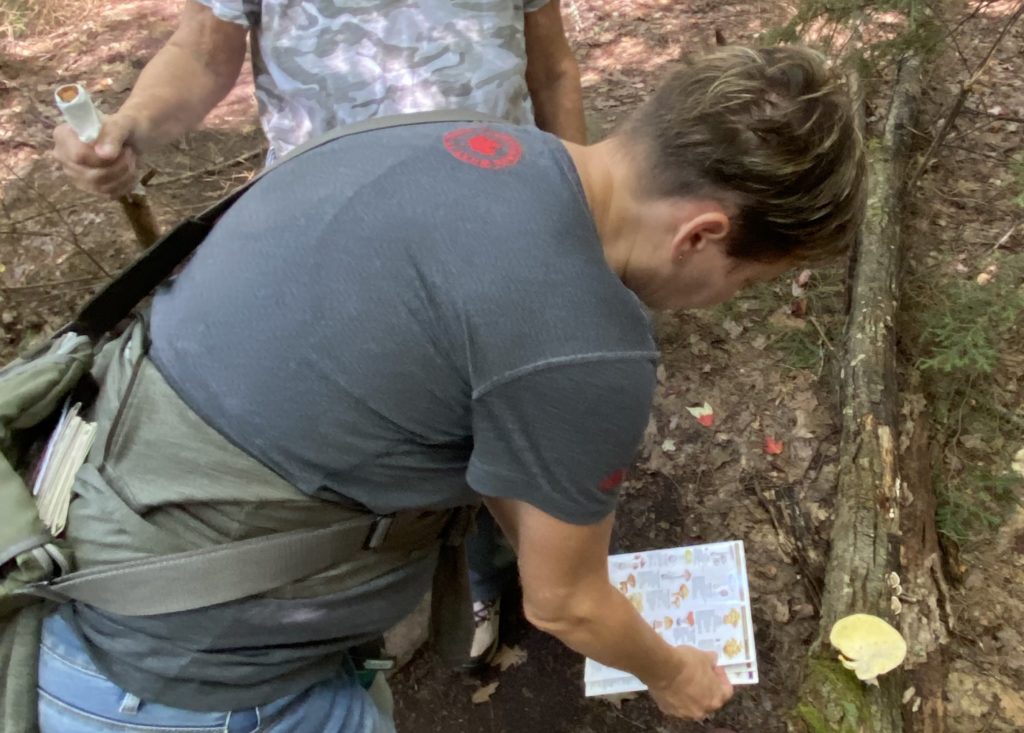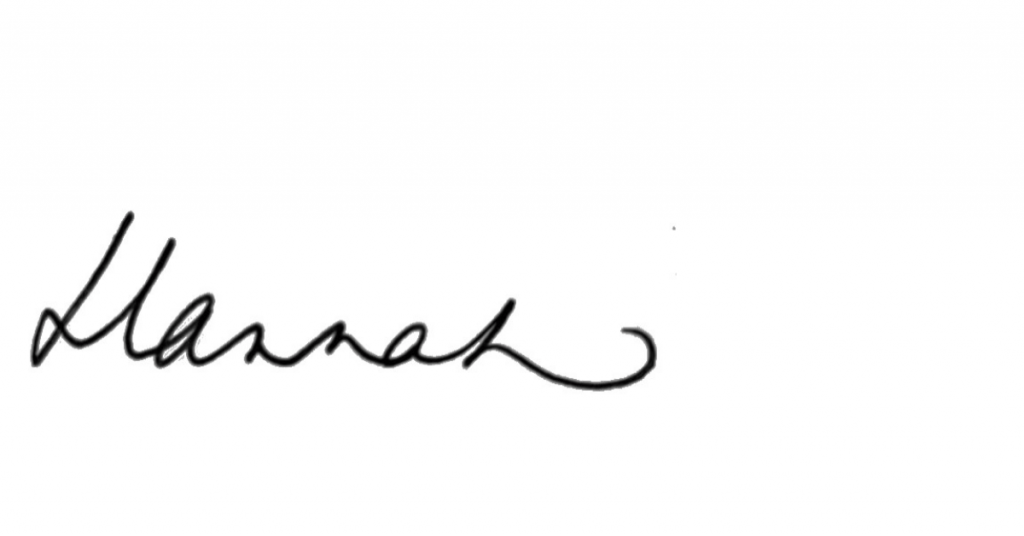I was in Algonquin Park last weekend. Every year, we stay at the Blue Spruce, go for hikes, play board games, and eat delicious food. We went on beautiful hikes, and as we navigated roots and rocks, we started talking about curiosity. My mom declared that she just wasn’t curious. I responded that there are different types of curiosity. We walked and discussed our own types of curiosity and even saw examples come to life before us!
If you’re a people leader, developing your employees is an important aspect of your job. Curiosity is at the core of learning, but as I discovered on my hike, curiosity shows up differently in people. Understanding these differences helps leaders create a team culture that fosters curiosity and learning.
I’ve been researching curiosity and have learned that research on curiosity has been complicated and generated inconclusive findings.
Why are people curious?
Historical research focused on why people are curious and tried to quantify curiosity. Sorry to disappoint you, but the research1 is resoundingly inconclusive! Experts can’t explain why people are curious.
- Some argue curiosity is motivated by a drive – either internal boredom or external incongruity (there’s a difference in what we know and what we want to know).
- Other researchers hypothesize that there’s a natural human tendency to understand our world. Think of babies who are curious about the world around them. The theory is that we become curious when our expectations differ from our perceptions.
- Finally, some researchers suggest that curiosity is driven by developing a sense of competence. These researchers are focused on people developing their self-concept or a sense of mastery. Being curious to learn to play baseball would be an example.
The challenge with this research is that it doesn’t explain the wide range of circumstances for why people are curious.
How are people curious?
Finally, researchers have landed on studying how people are curious. Here, there is greater consensus and more helpful conclusions for people leaders to create a learning environment for their teams.
There are five types of curiosity:
- Deprivation sensitivity – the desire to seek out new information and fill a gap in knowledge or understanding.
This was me on our hike. When I saw an interesting mushroom, I pulled out my mushroom pamphlet to find out what type it was.

- Joyous exploration – the desire to explore the world around us. I imagine someone wandering through an art gallery, taking in all the pieces. I suppose it was my family at times marvelling at the beautiful colours as we hiked.

- Social curiosity – fills a basic human need to be social and includes talking, listening, and observing others to learn what they are thinking and doing.
- Stress tolerance – willingness to embrace the anxiety of novel situations. People with this type of curiosity share characteristics with deprivation sensitivity in that they seek to fill a gap in knowledge. The difference is that this includes a sense of anxiety or stress. People without this type of curiosity are unlikely to explore.
My mother is this type of person!
- Thrill seeking – the willingness to take risks (physical, social, financial, etc.) to acquire varied and intense experiences.
My husband and daughter have this type of curiosity. They loved climbing the rocks and going to the very edge of the cliff.
Do you see yourself in these types? As a people leader, do you see your team members in these types of curiosity?
Why is curiosity important?
I read a fantastic article recently in CIO magazine, Boeing CIO Susan Doniz leads with curiosity and empathy2. In it, Susan talks about her lifelong curiosity and how that influences her leadership style. The author writes:
“[Her] success in IT leadership she attributes largely to a strong sense of curiosity cultivated while growing up in Spain and living throughout Latin America. “I was very curious about the world around me, and the people in it, and to find out more about not just the world, but myself, too. When you see things that are very different, you reflect on yourself. When I think about leadership, and what kind of led me to my leadership style, it has a lot to do with curiosity. I always I feel like I’m a lifelong learner,” she says.”
In addition to her personal success as a leader, Susan attributes the organization’s success to curiosity, highlighting curiosity and learning as critical skills in responding to and adopting change.
“Doniz believes translating her love of learning into an organization-wide culture of curiosity is vital for navigating the rapid pace of change in technology — and technology adoption — today.
Change isn’t a “one act show,” Doniz adds, emphasizing that those in the IT industry must remain committed to life-long learning, because “you have to constantly be learning new things.”
“I’m constantly reskilling myself and upskilling myself,” she says, “learning about new technologies, working with peers, going to conferences, seeing what people have out there, and being inspired by other businesses and what they’ve done.”
As people leaders, harnessing curiosity for yourself and your team opens the door to a learning culture in your team. Organizations are groups of teams. Successful teams lead to successful organizations.
Assessing your curiosity
I’ve been developing an assessment for people leaders and their teams to determine how curiosity supports a learning mindset and fosters a team culture of learning. If you’re a people leader interested in testing an early prototype, I’d love to hear your feedback!

In case you missed it
I’ve shared some additional posts online. These videos explore the L&D side of the bridge in my analogy above, focusing on the manager’s role in leading the department. Here they are, in case you missed them.
- Curiosity and learning – (video link)
- A third area of leadership development – (video link)

